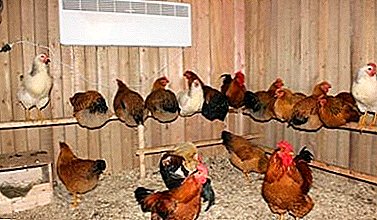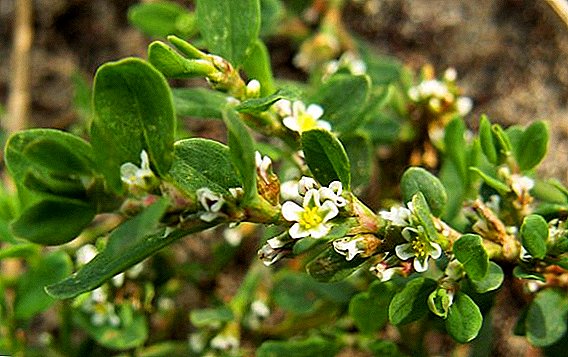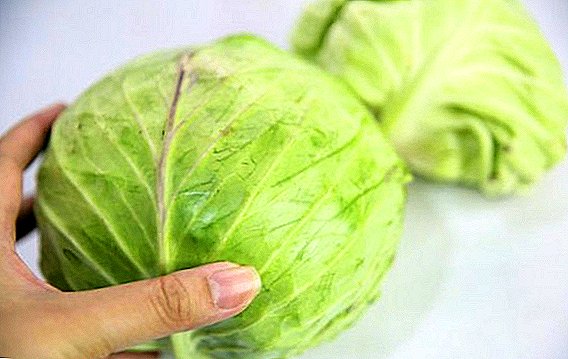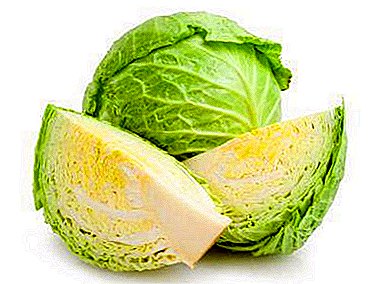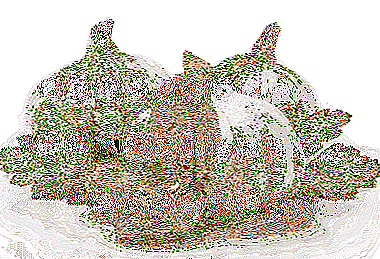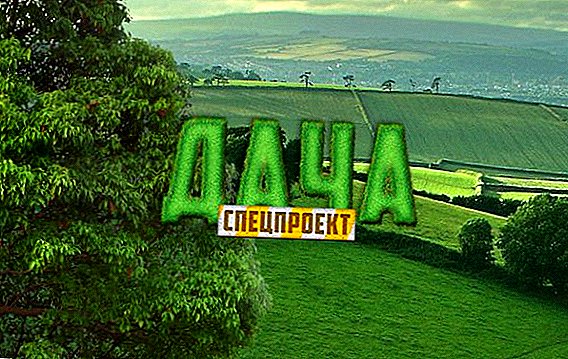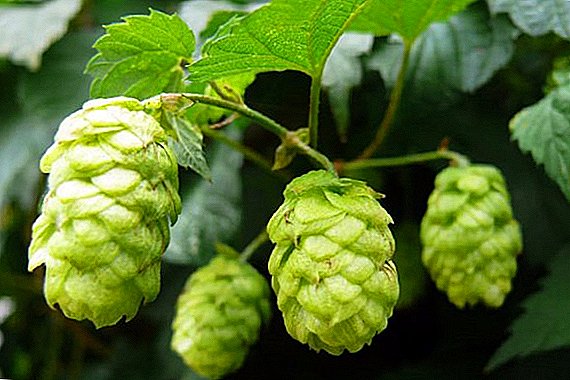 Lactation of cows is a complex physiological process of formation and excretion of milk, which is ensured by the work of the nervous and humoral systems of the organism of animals. In addition, lactation is associated with a large functional stress of the digestive, respiratory and cardiovascular systems. Let's take a closer look at this important process, learn its main phases and features of feeding cows in this period.
Lactation of cows is a complex physiological process of formation and excretion of milk, which is ensured by the work of the nervous and humoral systems of the organism of animals. In addition, lactation is associated with a large functional stress of the digestive, respiratory and cardiovascular systems. Let's take a closer look at this important process, learn its main phases and features of feeding cows in this period.
What is and how long does the lactation period in cows
Lactation (from the Latin. "Lacto" - "contain milk" or "feed with milk") is the process of formation and accumulation of milk in the udder of female cattle, as well as its release during sucking or milking. In the process of domestication of animals under the influence of man, there was an increase in the milk productivity of cows. Its quantity and quality depend not only on the breed, many factors influence this process. The time interval during which a cow releases milk is called the lactation period.  It is believed that normal lactation lasts 305 days. This period can be extended by late fertilization of females after calving. It is considered optimal if calving occurs approximately at the same time after one year. Then the lactation will last 300-315 days, and the dry period - 50-60 days. The lactation period is strictly individual and depends both on the breed and the state of the cow itself, and on the conditions of her housing and nutrition.
It is believed that normal lactation lasts 305 days. This period can be extended by late fertilization of females after calving. It is considered optimal if calving occurs approximately at the same time after one year. Then the lactation will last 300-315 days, and the dry period - 50-60 days. The lactation period is strictly individual and depends both on the breed and the state of the cow itself, and on the conditions of her housing and nutrition.
Did you know? Cows are quite reasonable animals, in their mental abilities that are almost at the level of dogs. For example, they can learn from someone else's experience. If one cow gets an electric shock from the fence, most of her relatives will try to avoid such an error.
The process of formation and release of milk
Milk secretion cannot be artificially called, it has a reflex character. Typically, this process begins with the onset of labor, but sometimes the secret is released a few days before calving. In this case, the cow's udder begins to change even during pregnancy. It increases in size, fatty tissues are replaced by secretory alveoli. The formation of milk is triggered by the reproductive organs and the endocrine system of the animal.
Important! The main development of the udder under the influence of hormones occurs in the first half of pregnancy. In some cows, its size reaches 3% of the total body weight.
Its quantity is influenced by all receptors, as well as the work of the digestive system of the cow. Milk is formed in the alveolar tissue, consisting of particular cells. These glands grow rapidly from the day of calving and up to 4-5 months of lactation. After this, the process is leveling off and a gradual decline, which as the deadwood approaches, is replaced by a destructive process — destruction of the alveoli by immune cells. 
A mechanical effect on the skin of the udder and nipples triggers four processes:
- breast erection;
- milk compartment;
- increased secretion;
- absorption of essential substances from the blood.
Learn how to milk a cow and what kind of structure has a cow's udder.
Lactation phases of cows
The entire lactation period is divided into the following phases:
- colostrum - about 7 days;
- normal milk - up to 290 days;
- aged milk - up to 10 days.
 Such milk has a high density - up to 40 ° A, and its acidity reaches 50 ° T. It is very different in taste from ordinary milk, and it is better for people not to use it. During the next stage, the cow gives normal and familiar to all the milk. During the final phase, the milk becomes drier, it increases the content of protein and minerals, but significantly decreases the level of lactose and acidity (up to 5 ° T).
Such milk has a high density - up to 40 ° A, and its acidity reaches 50 ° T. It is very different in taste from ordinary milk, and it is better for people not to use it. During the next stage, the cow gives normal and familiar to all the milk. During the final phase, the milk becomes drier, it increases the content of protein and minerals, but significantly decreases the level of lactose and acidity (up to 5 ° T).Peak lactation should be reached at 6-8 weeks after calving and stay as long as possible. On average, in the first 100 days of lactation a cow gives 45% of milk, in the next 100 days - 35%, and in the rest of the period - up to 25%. That is why it is especially important in the initial period to create the most favorable conditions for housing and feeding in order to preserve the high productivity of the animal.
Important! Lactation - a huge burden on the body of a cow. Together with 100 liters of milk, 3-5 kg of fat, 3-4 kg of protein and up to 8 kg of lactose are released. Tangible losses of vitamins, calcium, phosphorus and other minerals also occur.
The technique of feeding cows on the phases of lactation
In the first two weeks after calving - freshness phase - the animal needs to restore the diet after the dry period. These days, its basis should be high-quality hay with a gradual increase in the share of grain and root crops. Silage can be given only from the fifth day after birth.
The next phase - undressed - lasts until the fourth month of lactation and requires enhanced nutrition to stimulate productivity. Since coarse and juicy foods have low nutritional value, at high milk yield their content in the ration is reduced to 15-18% and additionally in it molasses, beets and potatoes to replenish the required amount of sugar and starch.  Mid-lactation - 5-8 months - the daily rate of feed reaches a maximum value and gradually decreases. The adjustment of the diet of animals occurs according to the results of the control of milking. From this period, hay should form the basis of the diet. Recession phase characterized by a decrease in milk yield and, accordingly, a decrease in the volume of feed, cows are prepared for dead wood. During this period it is important not to overfeed animals in order to avoid obesity.
Mid-lactation - 5-8 months - the daily rate of feed reaches a maximum value and gradually decreases. The adjustment of the diet of animals occurs according to the results of the control of milking. From this period, hay should form the basis of the diet. Recession phase characterized by a decrease in milk yield and, accordingly, a decrease in the volume of feed, cows are prepared for dead wood. During this period it is important not to overfeed animals in order to avoid obesity.
Did you know? The heaviest cow in the world - Mount Katahdin, a Holstein-Durham hybrid - lived at the beginning of the 20th century, by the end of her life her weight reached 2,270 kg. According to the Guinness Book of Records, the height at the withers of a cow was 1.88 m, and the size in girth was 3.96 m.
It is also important to respect the sequence of delivery of each type of feed. So, it is better to give root crops simultaneously with a silo, and pour concentrates and grain during milking. Hay, on the other hand, is either laid in separate feeders on the walking areas, or given last. To adjust the amount of nutrients in the diet apply various premixes. They are selected individually depending on the composition of the feed.
In addition, feeding technique depends on the content of livestock. In the case of free-rangeing, the cow regulates its diet on its own, and when milking, concentrated feed and premixes are already given. When kept in a stall, it is necessary to independently regulate the frequency of feeding and the order of distribution of feed. At the same time, each farm sets its schedule depending on the existing conditions.  Thus, the productivity and duration of lactation depend on the diet, conditions of detention and the state of health of the animals. Even minor, at first glance, deviations can cause a reduction in milk production. That is why it is important to take good care and closely monitor the herd, and then the cows abundantly will delight you with homemade, fresh milk.
Thus, the productivity and duration of lactation depend on the diet, conditions of detention and the state of health of the animals. Even minor, at first glance, deviations can cause a reduction in milk production. That is why it is important to take good care and closely monitor the herd, and then the cows abundantly will delight you with homemade, fresh milk.


